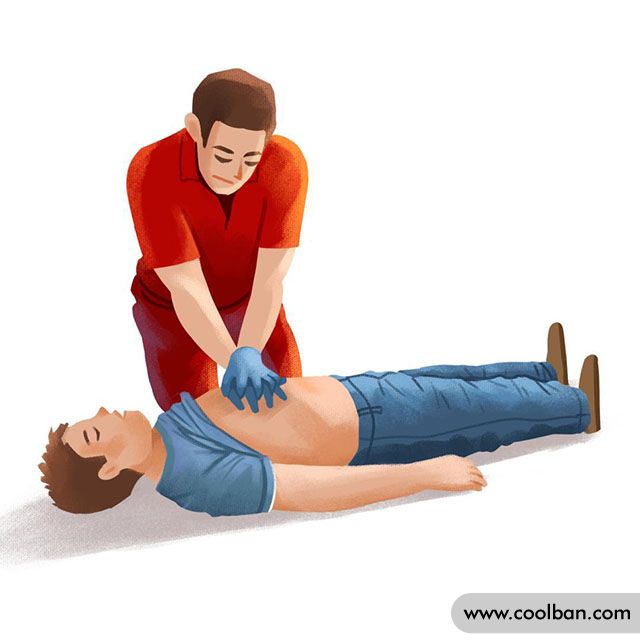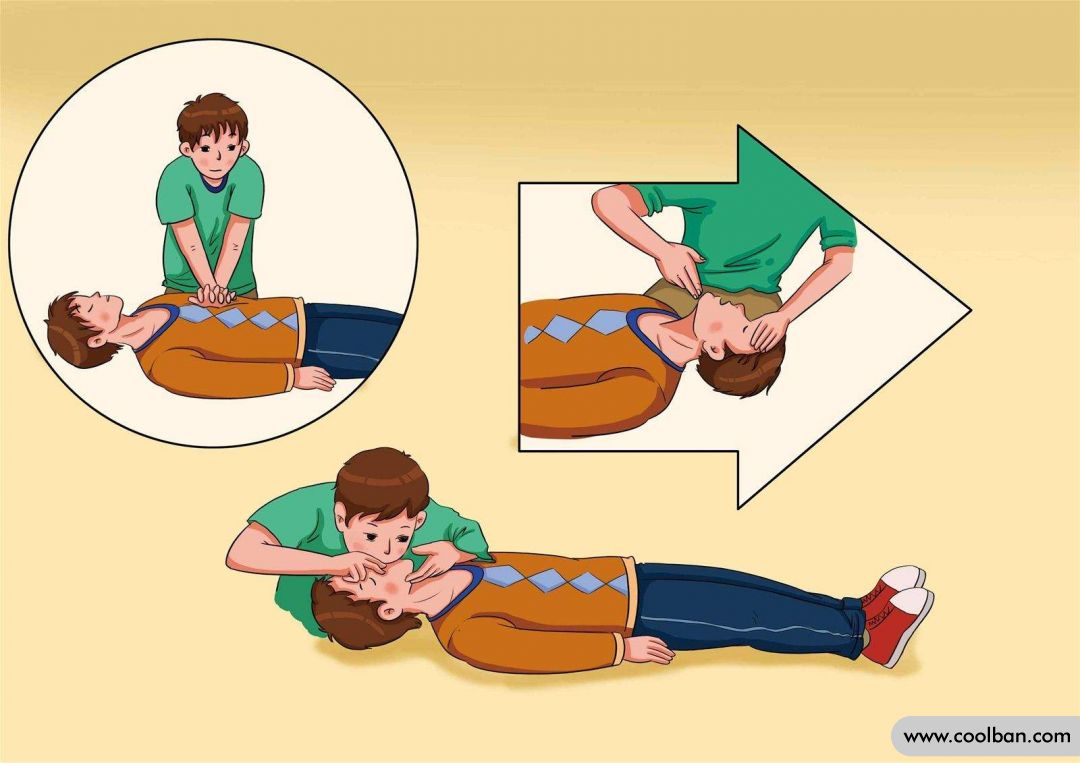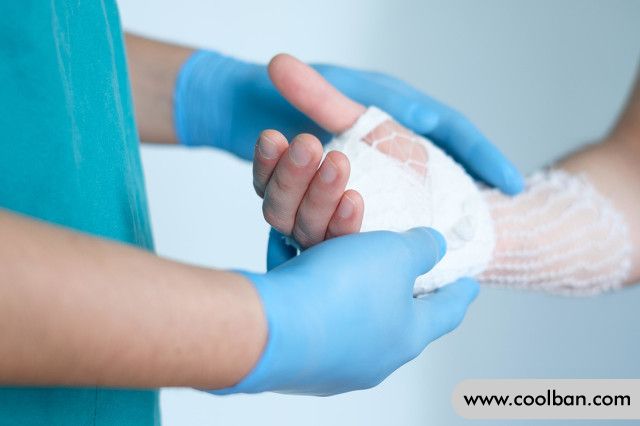How to carry out first aid
Danger is everywhere, and learning how to carry out first aid can add protection to life. The primary method of on-site treatment is to save lives, reduce the pain of the wounded, reduce and prevent the aggravation of the injury and the occurrence of complications, and transfer the wounded and sick to the hospital with correct and rapid first aid methods.

1. First aid steps
(1) Call the police for first aid. In the event of casualties, don't panic, call the 120 emergency number immediately.
(2) Necessary on-site first aid treatment methods for the wounded and sick.
① Quickly rule out fatal and injurious factors. If you remove the heavy objects on your body for first aid, evacuate the poisoning scene for first aid, if it is an accidental electric shock, you should immediately cut off the power supply for first aid; remove the sediment, vomit, blood clots or other foreign objects in the mouth and nose of the wounded, and keep the airway open for first aid method etc.
② Check the vital signs of the wounded for first aid. Check the casualty's breathing, heartbeat, and pulse. If there is no breathing or cardiac arrest, CPR should be performed immediately on the spot.
③ First aid for hemostasis. Those with traumatic bleeding should be quickly bandaged to stop the bleeding. The hemostatic material should be obtained locally, and pressure dressing, upper tourniquet or acupressure can be used to stop bleeding. The wounded and sick are then transported to the hospital as soon as possible.
④If the abdominal organs are prolapsed or the craniocerebral tissue is bulged, a clean towel, soft cloth or enamel bowl can be used for first aid.
⑤ Those with fractures should be temporarily immobilized with wooden boards.
⑥ For those who are in a coma, before the cause is known, pay attention to the heartbeat, breathing, and the size of the pupils on both sides. If the tongue falls back, the tongue should be pulled out or pinned outside the mouth to prevent suffocation.
(3) The first aid treatment method to transport the wounded and sick quickly and correctly. According to different injuries and illnesses, choose appropriate tools for transport according to the priority of the illness. During transportation, you should always pay attention to the changes in the condition of the wounded and sick.

2. Simple treatment methods for injuries
First aid bleeding treatment method: You can tear your clothes into pieces and apply local pressure to the bleeding wound to stop bleeding.
First aid fracture treatment method: You can find a small splint, branches and other objects at the scene to bandage and fix the affected limb.
First aid head trauma treatment method: turn the injured person's head to one side, do not tilt it up, because this will cause vomiting and easily cause the injured person to suffocate.
First aid abdominal trauma treatment method: buckle a clean container on the abdominal wall injury to prevent abdominal infection.
First aid breathing and cardiac arrest treatment method: Provide mouth-to-mouth artificial respiration to the injured person in time, and perform simple chest compressions.

In general, first aid treatment refers to emergency measures to rescue victims. If inhaling toxic substances, the victim should be transferred to a non-polluted area and breathe fresh air; if breathing is difficult or has stopped breathing, artificial respiration and oxygen should be given; if the eyes come into contact with harmful substances, flush with clean water and immediately consult an ophthalmologist Doctor treatment; if the skin comes into contact with harmful substances, depending on the specific situation, it can be washed, bandaged or other measures can be taken, and after simple treatment, it can be quickly sent to the hospital for diagnosis and treatment. First aid treatment is to carefully observe the situation of breathing and heartbeat. For those who have stopped breathing and heartbeat, immediately perform cardiopulmonary resuscitation and try to make the patient spit water. Diving can easily cause cervical spine fracture and spinal cord injury, limb paralysis, respiratory paralysis, etc., you should call an ambulance immediately.